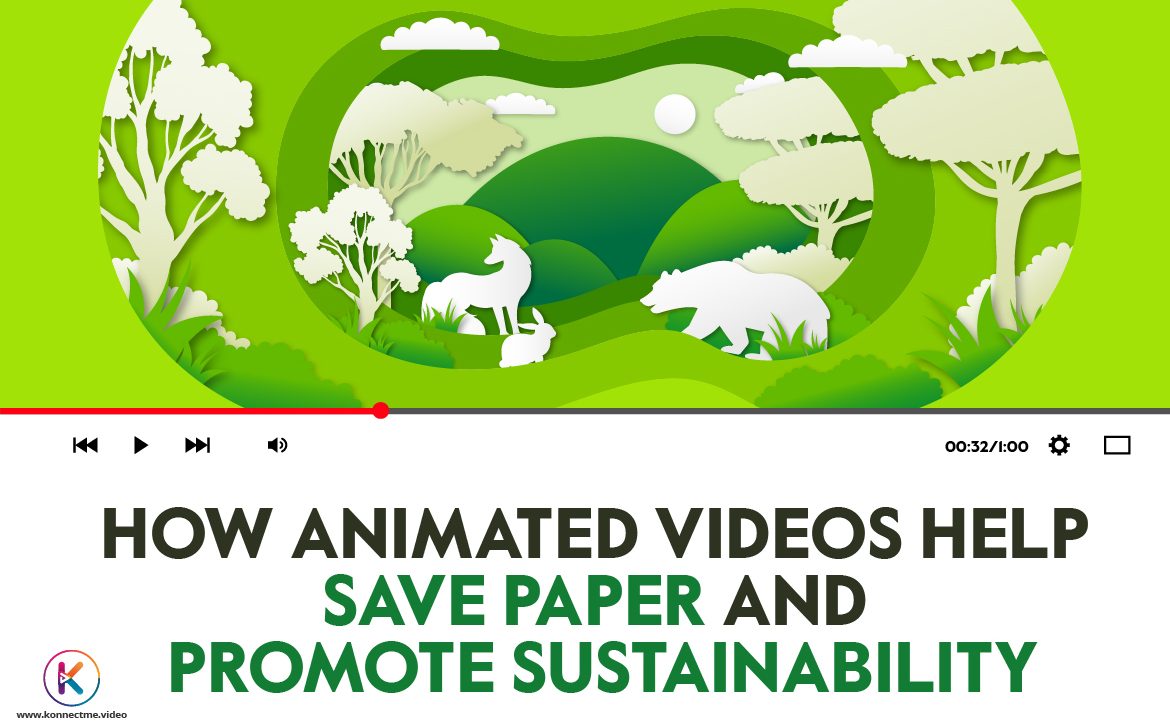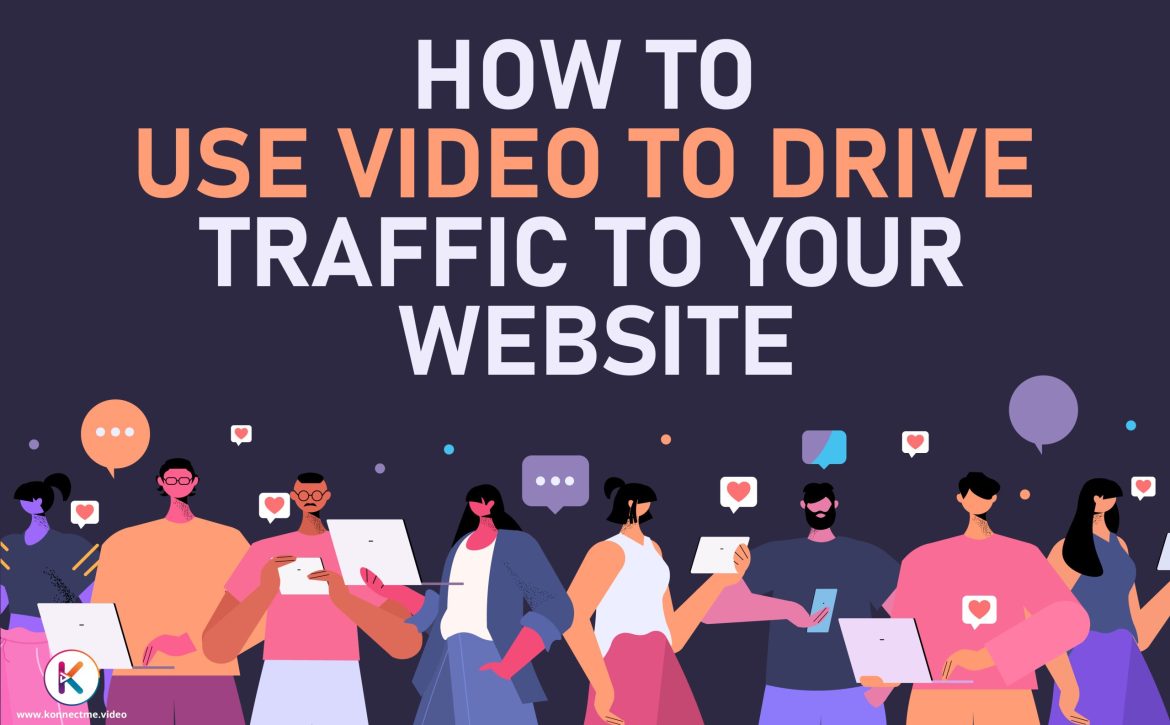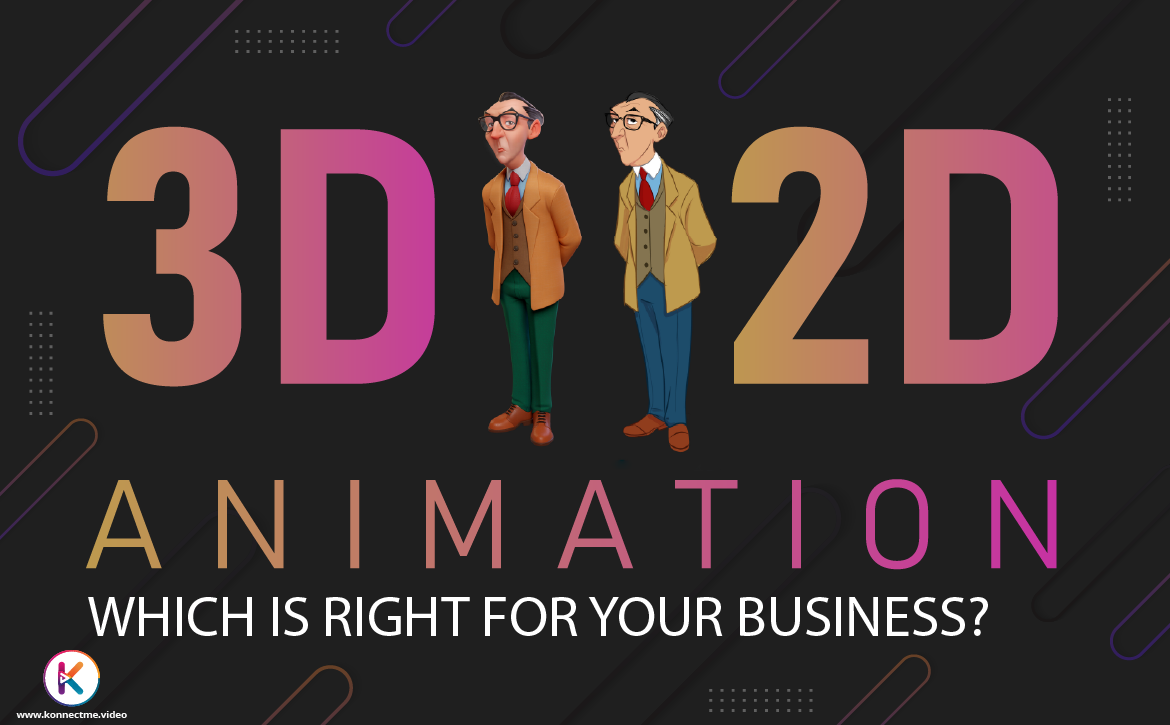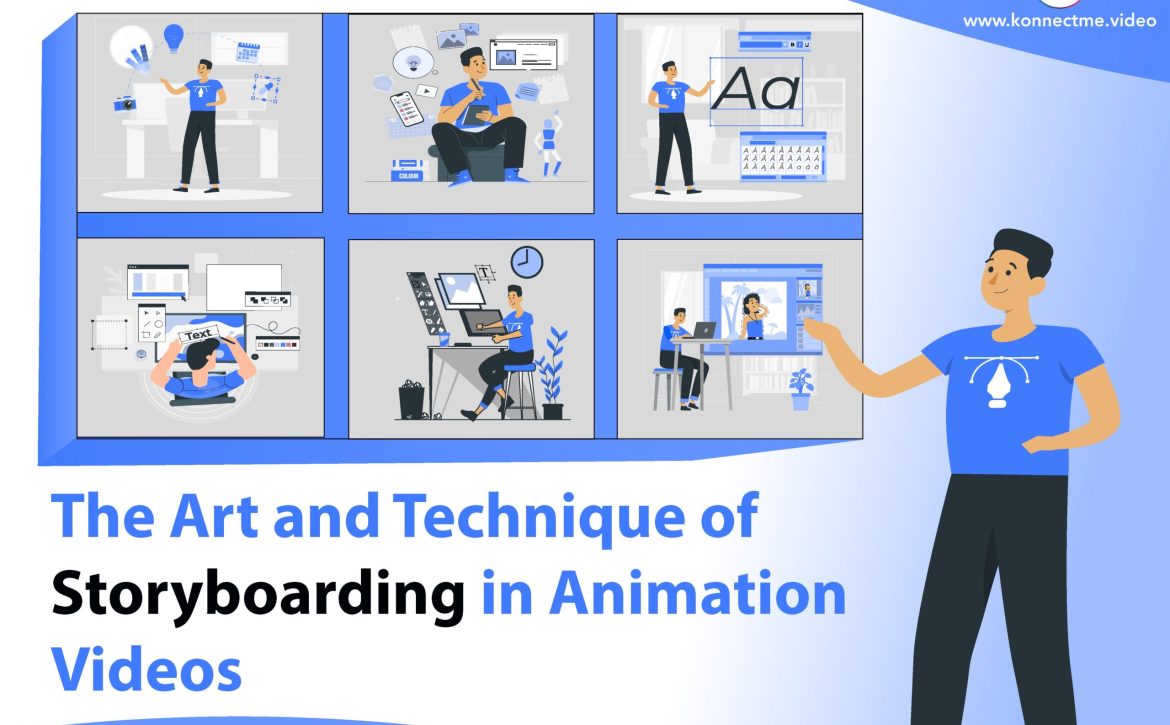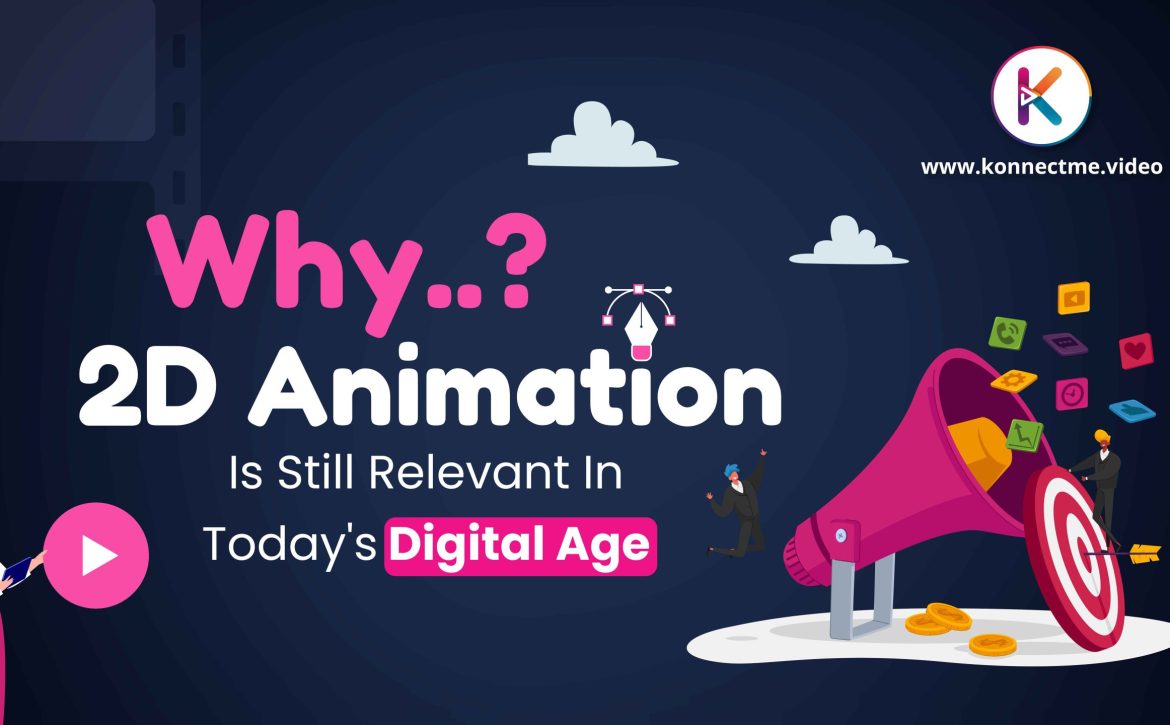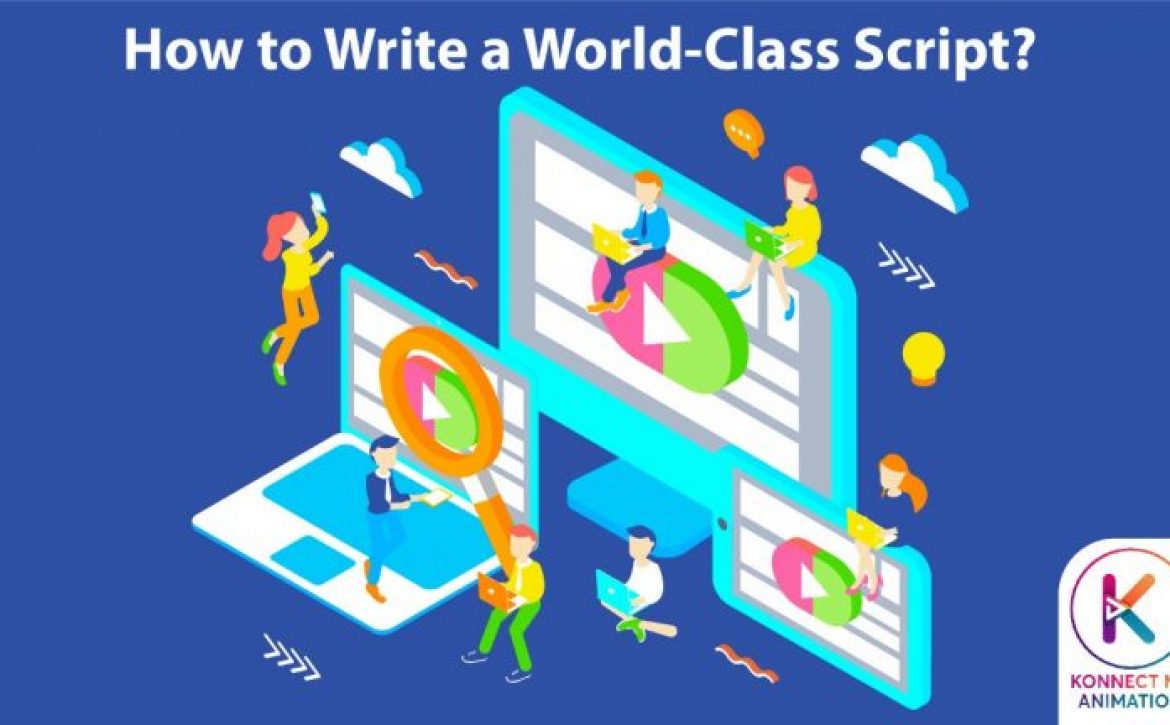How Animated Videos Help Save Paper and Promote Sustainability
In today’s fast-paced digital landscape, innovative solutions are emerging to address the pressing challenges of sustainability across various industries. Animated videos, whether in 2D or 3D, have emerged as a powerful tool not only for communication and education but also for promoting environmental stewardship. In this blog post, we delve into the ways in which animated videos are playing a pivotal role in saving paper and advancing the cause of sustainability, ushering in a more eco-conscious era.
Section 1: The Environmental Impact of Traditional Paper-Based Communication
The traditional methods of communication, often reliant on printed materials, have significant environmental repercussions. The production of paper involves extensive use of natural resources, from trees to water and energy, contributing to deforestation and ecological imbalances. Furthermore, the paper industry generates substantial amounts of waste and pollution during the manufacturing process, impacting air and water quality. The disposal of paper-based materials adds to the mounting challenges of landfill management. As the world strives for sustainable practices, a shift towards paperless communication becomes imperative.
Section 2: The Emergence of Animated Videos as a Sustainable Solution
Animated videos have emerged as a dynamic and engaging medium capable of transforming how information is conveyed and consumed. With their ability to simplify complex concepts and engage audiences, these videos provide an effective alternative to traditional paper-based communication. Unlike printed materials, animated videos do not require physical resources, making them inherently eco-friendly. This shift towards digital content consumption has a profound impact on reducing the demand for paper and minimizing its associated environmental footprint.
Section 3: The Role of 2D Animated Videos in Sustainable Communication
2D animated videos, characterized by their two-dimensional artistic style, are gaining traction as a compelling medium for sustainable communication. Organizations across various sectors, including business, education, and healthcare, are leveraging the power of 2D animations to replace conventional printed materials such as brochures, manuals, and pamphlets. These animations effectively convey information and messages in a visually appealing manner, thus significantly reducing the need for paper-based collateral. By embracing 2D animated videos, businesses and institutions contribute to paper conservation and resource efficiency.
Section 4: Environmental Elegance: 3D Animated Videos for Sustainability
The realm of 3D animated videos introduces an even more immersive experience for audiences. Characterized by lifelike depth and realism, 3D animations are revolutionizing industries such as architecture, product design, and marketing. These animations enable virtual tours, interactive product showcases, and realistic simulations that were previously reliant on physical models and printed materials. By embracing 3D animated videos, industries can minimize paper waste and environmental impact while simultaneously enhancing their communication and engagement strategies.
Section 5: Educating for Sustainability through Animated Videos
Animated videos serve as powerful tools for education and awareness, making them invaluable for promoting sustainability. Educational institutions are incorporating animated videos to teach students about environmental conservation, renewable energy, and responsible consumption. These videos engage learners through captivating visuals and compelling narratives, fostering a deeper understanding of sustainability issues and inspiring positive behaviors. The integration of animated videos into curricula empowers the next generation with the knowledge and motivation needed to address global environmental challenges.
Section 6: Marketing Sustainability Through Animated Videos
Businesses are recognizing the potential of animated videos in marketing to promote sustainable products and practices. Animated explainer videos, product demonstrations, and promotional campaigns can effectively convey a brand’s commitment to sustainability without relying on printed materials. Through creative storytelling and visually engaging content, companies can align their marketing efforts with environmental consciousness, appealing to environmentally conscious consumers and contributing to a greener reputation.
Section 7: Global Reach, Minimal Impact: The Environmental Advantages of Digital Distribution
One of the most significant benefits of animated videos is their ability to reach global audiences without the need for physical distribution. Digital content can be easily shared and accessed, eliminating the environmental costs associated with shipping, transportation, and paper usage. This widespread accessibility not only conserves resources but also enables the efficient dissemination of sustainable ideas and practices on a global scale. Animated videos empower organizations and individuals alike to contribute to a more sustainable future, transcending geographical boundaries.
Section 8: Collaboration, Efficiency, and Innovation in Sustainable Communication
The collaborative nature of animated video production aligns with principles of sustainability in unexpected ways. Teams can seamlessly collaborate remotely, reducing the need for travel and minimizing carbon emissions. Additionally, the creative freedom offered by animation facilitates innovative storytelling techniques that inspire and promote eco-friendly behaviors. Animated videos possess the ability to forge emotional connections and drive positive change, fostering a collective shift towards sustainability.
Section 9: Paving the Way for a Greener Future with Animated Videos
In an era where environmental consciousness is paramount, animated videos stand as a beacon of hope for a more sustainable future. By replacing conventional paper-based communication with digital content, these videos contribute significantly to reducing paper consumption, deforestation, and waste generation. As technology continues to evolve, the potential of animated videos to drive positive change and advance sustainability is boundless, offering a promising path toward a greener world for generations to come.


